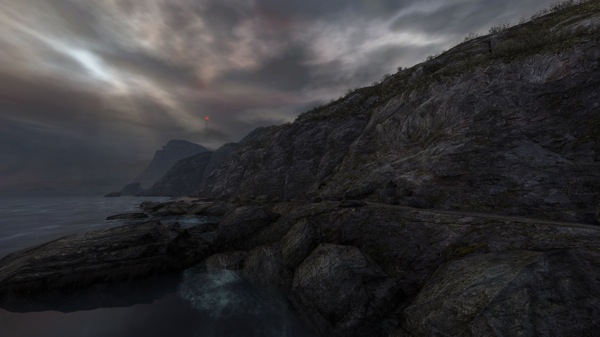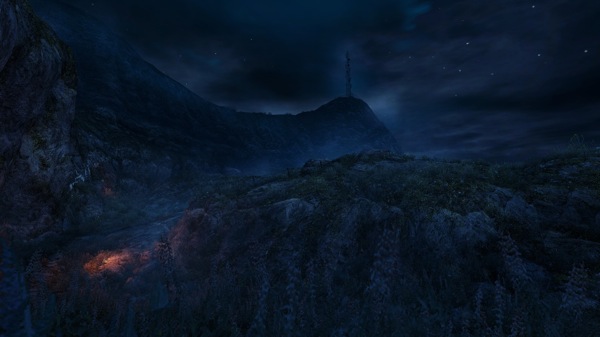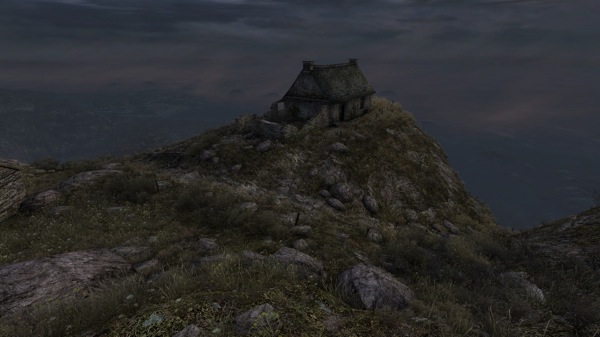You’re going to hear a lot about Dear Esther this year, if you haven't heard of it already. You will probably hear about it as the object of scrutiny in a renewed debate about what makes something a piece of interactive art rather than simply a video game. Although I cannot solely decide what makes something art, what I can say is that this game is beautifully created, and perfectly remade.
When I first heard about Dear Esther, and researched into its genre, storyline and background, I truly believed that this game would not be for me. I prefer games such as Skyrim, Mass Effect and MMO’s for their long –spanning storylines, and epic length game play. However, when I took the time to watch the new trailer released recently, it completely changed my perspective on it. I then realized that Dear Esther contained a compelling storyline, beautiful music and unimaginable scenery. 
Robert Briscoe is a genius, as I believe he has created a new genre entirely. He has bridged the gap between film and game to create something remarkable. Dear Esther will appeal to a brand new, wide audience of people who, perhaps, don’t enjoy gaming, but love film. From the trailer released last week we can see it has stunning graphics, ethereal musical scores, and a simplicity which harmonizes beautifully with the plot and music to create a chilling ghost story not to be missed. Originally, it was developed and coded by thechineseroom, a modding project which was based at the University of Portsmouth. The project was run by Dan Pinchbeck, who also wrote the story. When Robert Briscoe started work on redeveloping the game, he had the full support of Pinchbeck, and together they have fully rebuilt the environment, with re-mastered audio, composed by Jessica Curry.

Dear Esther is a game about a man struggling to come to terms with losing his wife. Although this isn’t the most interactive game you will ever play, the plot will intrigue you, leaving you desperate to figure out what happened. There is no real objective other than to listen to the narrator (Esther’s husband). The player is forced to come to their own conclusions about what happened to Esther. It would be more for someone who loves watching films and figuring out what’s going to happen than for someone expecting a 300 hour, epic fighting, space adventure full of terrifying monsters at every turn. This game is far more simplistic than that, and that’s what gives it its beauty.
Although a lot of people will argue this isn’t a game as such, nobody can argue that these graphics are definitely stunning. Dear Esther laughs in the face of traditional game-play, and has instead taken on an all new style of its own, making the main focus of the game to explore the island and listen to the narrator. It is intended to make the viewer think, and draw their own conclusions as to what happens throughout the game.
Dear Esther is the object of scrutiny in the gaming world at the moment, which will hopefully change once people have the option to play it for themselves and make their own minds up about it. However, what I can tell you is that these graphics aren’t to be sneezed at. They’re some of the best I have seen recently, not to mention how well it all fits together in terms of music, plot and environment. This will be the game, if there ever was one, that will introduce a whole new style of play to the world, and bridge the gap between film and games. I don’t think you’ll want to miss out on something this revolutionary!
Dear Esther is due for release on February 14 on Steam. You can see more at its website.